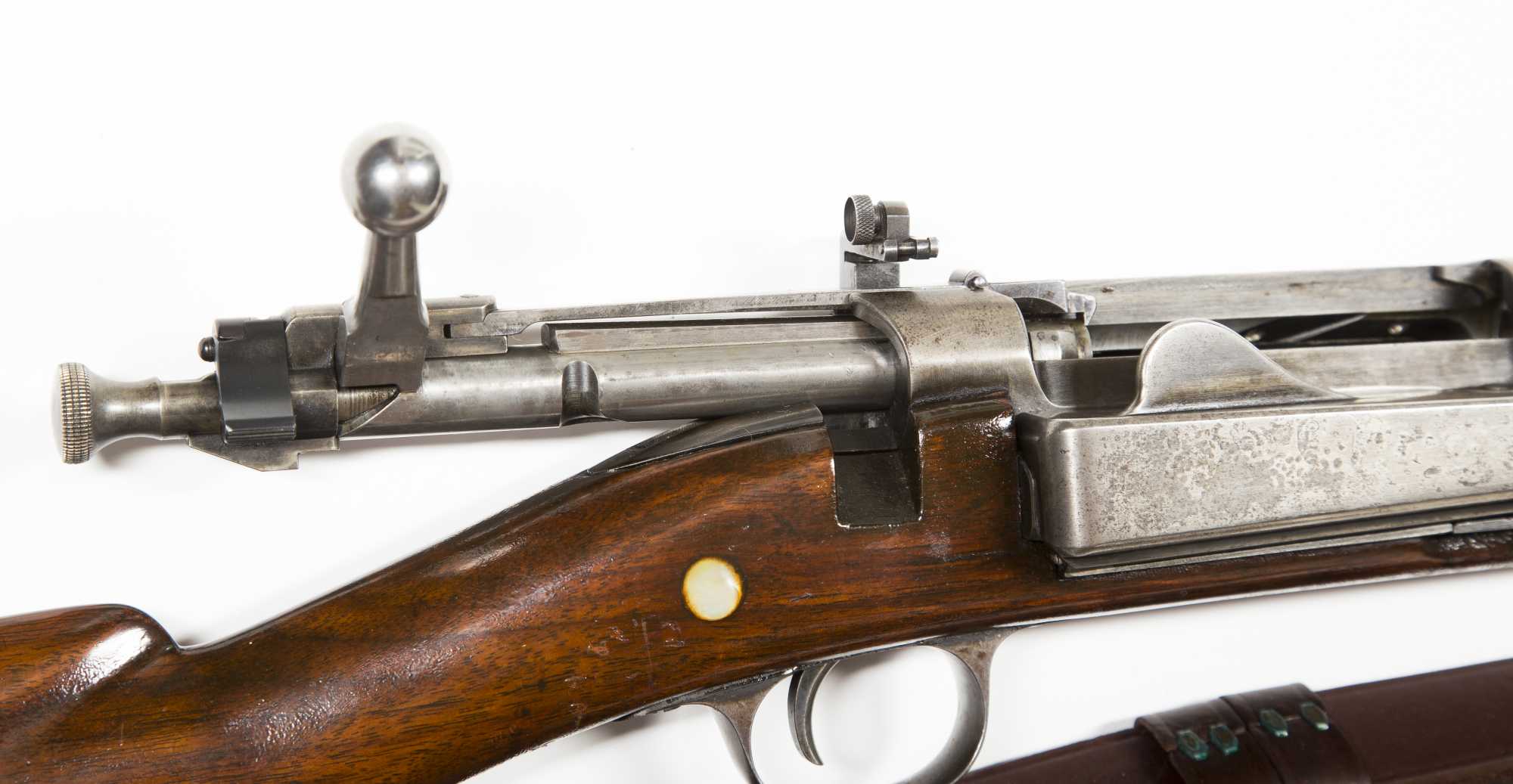


Some of the topics discussed will be making the proper measurements, adding a bend direction mark, proper tube alignment, making the bend, and checking the angularity.

In this CTE video we will explore the many things you will need to consider in making multiple bends in your tubing line. There will be many items and obstacle you will have to work around. Most tube lines will not be limited to just one bend. This video will cover measuring and marking the tube, placing the tube in the bender, making the bend, checking for square, improper tube bending, proper tube bending, proper 90 degree bends, and measuring the tube center line. Now we can begin to measure and start the bending process of fabricating a tube line. You should now have a better understanding of the tubing itself and the basic operation of a tube bender. You’ll also need to understand the proper operation of a Manual Hand Tube Bender as well as how to measure the tubing and how to plan out the tube line. Watch and found out which tools work best in each circumstance.īefore we bend a tube there are certain steps we must take in preparation and it’s helpful to know what will happen to the tube itself during bending. Some of the methods for cutting the tube include a hand tube cutter, a hacksaw, or a chop saw. There are pros and cons to consider for each. There are multiple ways to cut tubing but they won’t all work in every situation. Some of the topics we’ll cover in this video will be matching materials, tubing hardness, fitting designs, wall thickness, chemical and temperature compatibility, tubing surface, tubing storage, support, routing, and spacing. Selecting the proper material and design of the tube is critical for proper operation and safety. In this CTE series on Tube Bending, we’ll cover topics such as Tube Selection and Design, Tube Cutting Methods, Tube Bending Preparations, Proper Use of the Bending Tool, Making the Actual Bend, Bend Direction Marks, Tube Gain and Tube Gain Calculations, Changing Planes and Tube Orientation, as well as Fitting Types and Assembly.īefore jumping into tube bending we first need to understand more about the tube itself. In order for proper and safe operation a technician should have a basic understand of tube fabrication, fitting makeup, and the importance of precision in bending the tube. There is more to tube bending than just bending, however. The purpose of this CTE series on tube bending is to help minimize that waste, cut cost, and to help you become more efficient when bending tubing. Just about any plant site you go to, you’ll find scrap bin full of tubing that has not been bent correctly. Categories: CTE, Instrumentation, New Videos Added to CTE Skills Library Tube Bending and Fittings


 0 kommentar(er)
0 kommentar(er)
